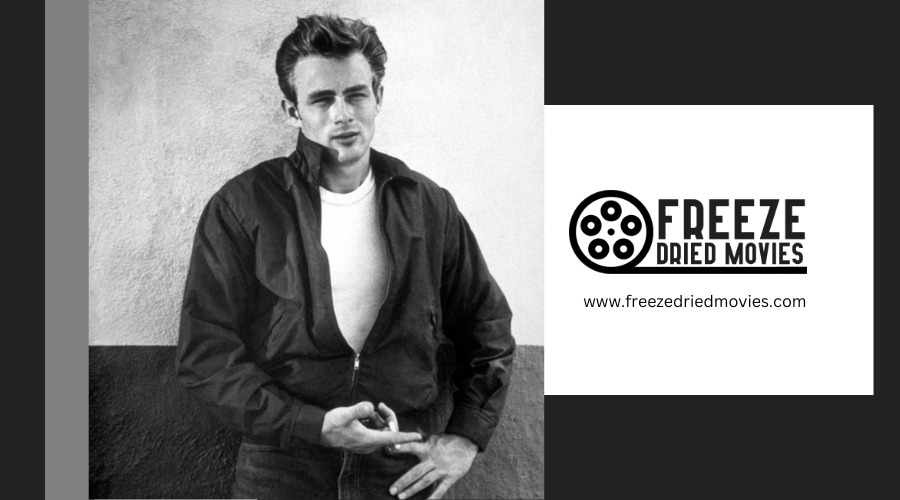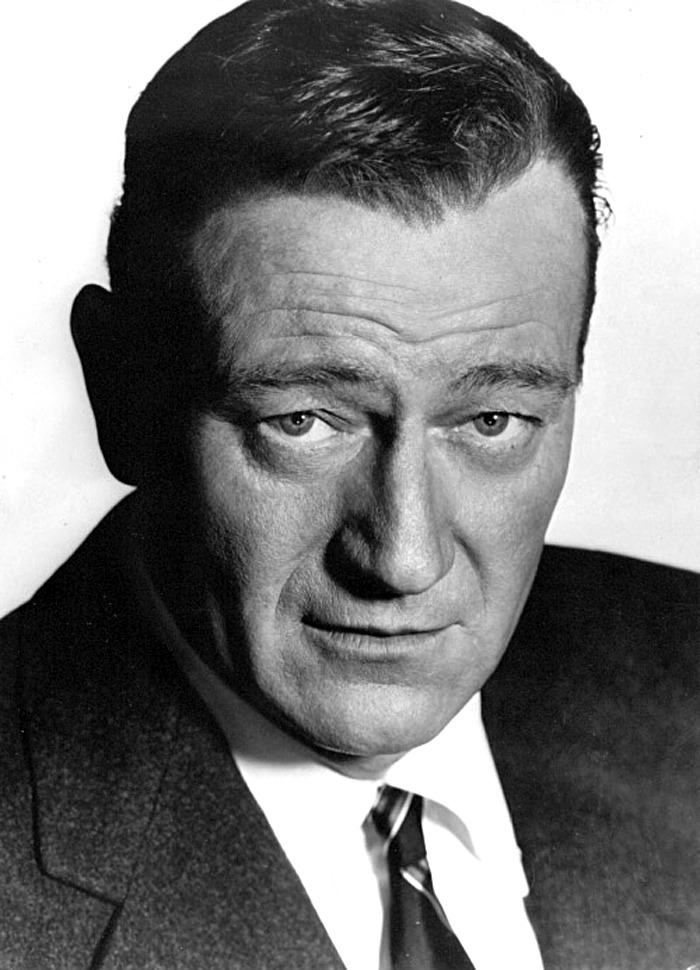From Vietnam to the Big Screen: War Movies of the 1960s and Their Legacy

Vietnam War movies altered American cinema in the aftermath of 1975, offering unparalleled realism through actual combat footage and raw emotional authenticity. You'll find these films tackled the psychological toll of warfare while exploring complex narratives about soldiers' personal struggles and inner demons. Directors balanced historical accuracy with artistic storytelling, forever changing how audiences viewed the conflict. The genre's powerful legacy continues to shape how you understand one of America's most controversial wars.
The Rise of Vietnam War Cinema After 1975
The trauma and complexity of the Vietnam War found its true cinematic voice only after the conflict ended in 1975. You'll notice how post-war films began incorporating actual combat in Vietnam footage, bringing unprecedented realism to the screen. These movies weren't just about battles; they plunged deep into soldier's perspectives and the psychological toll of warfare. Much like The Bridge on Kwai, these films masterfully explored the moral dilemmas and internal conflicts faced by soldiers in extreme circumstances.
These movies weren't just about battles; they plunged deep into soldier's perspectives and the psychological toll of warfare. What makes these films extraordinary is their commitment to historical accuracy and diverse viewpoints. You're not just watching entertainment; you're witnessing raw, authentic portrayals that shaped public understanding of the conflict. The critical acclaim these movies received sparked important conversations about the war's impact on society.
Their influence continues to echo through popular culture, setting new standards for how we portray military conflicts in cinema and helping viewers grasp the profound intricacies of this pivotal moment in history.
Raw Reality: Battle Footage and Combat Authenticity
These groundbreaking films didn't shy away from showing the dehumanizing effects of war on young men, from brutal boot camp training to their first major battle experiences.
Unlike the one-dimensional heroes of Rambo, directors chose to investigate the complex psychological wounds carried by every Vietnam veteran.
Through raw combat sequences blending actual footage with dramatic recreations, you're immersed in the chaos and confusion that defined the conflict.
This unflinching approach helped audiences finally understand the true nature of what soldiers endured in Vietnam.
Full Metal Jacket exemplified this stark realism through its visceral depiction of military training and psychological transformation of soldiers during the Vietnam era.
Character-Driven Narratives in Vietnam War Films
Moving beyond straightforward action sequences, Vietnam War films of this era probed deep into the personal struggles of individual soldiers and their families. You'll find complex character studies in films like "Born on the Fourth" and "Rambo: First Blood," where the focus shifts from combat scenes to the dehumanizing effects of war on Vietnam War veterans coming home.
These films didn't just show you battles; they revealed the psychological and emotional toll that altered, modified, or reshaped soldiers' lives. The narratives tackled anti-war and pro-human rights themes by exploring the Vietnam War impacts on relationships, mental health, and moral convictions. You'll witness characters wrestling with their conscience, fighting inner demons, and seeking redemption.
This approach helped audiences understand the war's lasting effects through intimate, personal stories rather than just historical events. Drawing inspiration from actors like James Dean, these films employed method acting techniques to portray the raw emotional authenticity of soldiers' experiences.
Historical Accuracy vs. Artistic License
While character-driven narratives connected audiences emotionally, filmmakers faced tough choices between historical authenticity and creative storytelling. You'll notice this tension particularly during the American phase of the Vietnam War, when movies like "The Green Berets" starring John Wayne took significant artistic license with historical accuracy.
Hollywood's portrayal of the war often balanced between respecting veterans' experiences and creating captivating war drama. You can see how some directors chose to emphasize dramatic impact over strict historical detail, while others thoroughly researched actual events.
When watching these films, you'll recognize that artistic choices sometimes altered battlefield scenarios, military protocols, and soldiers' experiences to create more engaging storylines. This creative freedom sparked debates among veterans and critics about responsibility in depicting such a controversial conflict.

Impact on Public Perception and Cultural Memory
War films of the 1960s fundamentally reshaped how Americans viewed and remembered the Vietnam conflict. Through unflinching realism and raw combat depiction, these movies challenged the sanitized narratives that had previously dominated public perception.
These films played a pivotal role in documenting both the physical and emotional struggles of American soldiers. By exploring the moral toll and psychological toll of warfare, they helped you understand the complex challenges that veterans faced during and after their service. The movies' authentic portrayal of combat experiences created lasting impressions that continue to influence cultural memory today.
When you consider the controversies surrounding the Vietnam War, these films served as powerful tools for public discourse, offering deeper insights into the conflict's intricacies and cultivating empathy for veteran experiences that might otherwise have gone unacknowledged.
Notable Films That Shaped the Genre
The pioneering films that emerged from this era left an enduring mark on American cinema, though it's worth noting that many of the most influential Vietnam War movies were actually produced in the late 1970s and 1980s. These films tackled the dehumanizing effects of combat and the psychological toll on young soldiers through various lenses, from political activist outlooks to deeply personal narratives.
- "Platoon" captured the moral complexities faced by soldiers during Advanced Infantry Training and combat
- "The Deer Hunter" explored the lasting impact of combat injury and trauma on American communities
- "Full Metal Jacket" revealed the systematic breakdown of humanity in military training
- "Apocalypse Now" probed into the psychological deterioration of soldiers in Vietnam
These groundbreaking films forever changed how you'll view war cinema, combining raw authenticity with powerful storytelling to convey the true cost of conflict.
The Evolution of Veteran Portrayals
As Hollywood tackled the complexities of Vietnam, its portrayal of veterans underwent a dramatic metamorphosis throughout the 1960s. You'll notice how thousands of young men returning from combat were initially represented as dangerous individuals, haunted by memories of bloody street fighting and struggling to readjust to civilian life.
When public sentiment shifted, filmmakers began exploring deeper narratives. A Marine observes the dehumanizing effects of war, while another story follows a woman whose husband suffers a paralyzing combat injury. From the last stop before Vietnam to tales of a pro-human rights political activist, these films reflected society's changing understanding. John, like many veterans portrayed in later films, isn't shown as a madman but as someone who falls in love while wrestling with trauma, highlighting the complex human cost of war.
Behind Enemy Lines: Depicting the Other Side
While Hollywood reshaped its portrayal of American veterans, filmmakers also turned their cameras toward an often-overlooked point of view: that of their adversaries. Through films like Hamburger Hill and Platoon, you'll witness the complex motivations of communist fighters as they engage the American military.
The documentary Hearts and Minds went further, challenging American perceptions by humanizing North Vietnamese experiences.
- You'll see authentic depictions of Viet Cong guerrilla warfare tactics
- You'll gain insight into the daily lives of North Vietnamese soldiers
- You'll understand the strategic thinking behind enemy operations
- You'll uncover the human stories behind the opposing forces
These pioneering films helped bridge the gap in understanding between opposing sides, offering viewers a rare glimpse into the mindset and experiences of those who fought against American forces. They're essential viewing for anyone seeking a complete illustration of this challenging conflict.
Technical Innovations in War Cinematography
Through revolutionary advances in camera technology, filmmakers during the 1960s brought unparalleled realism to war cinema. You'll notice how lightweight, handheld cameras captured the raw intensity of Vietnam War combat, particularly in films like "The Green Beret" and "Boys in Company C." These technical innovations let you experience the dehumanizing effects of war firsthand, as cinematographers followed Special Forces units into battle.
The fusion of documentary-style filming with dramatic narratives gave Vietnam veterans' stories authenticity, which later influenced movies like "First Blood Part II." Political activist filmmakers used experimental techniques, including helicopter-mounted cameras and jarring angles, to portray the psychological trauma of those Paralyzed in the Vietnam conflict. This innovative approach to cinematography forever changed how audiences witnessed war's brutal reality.




